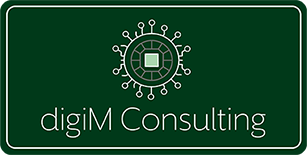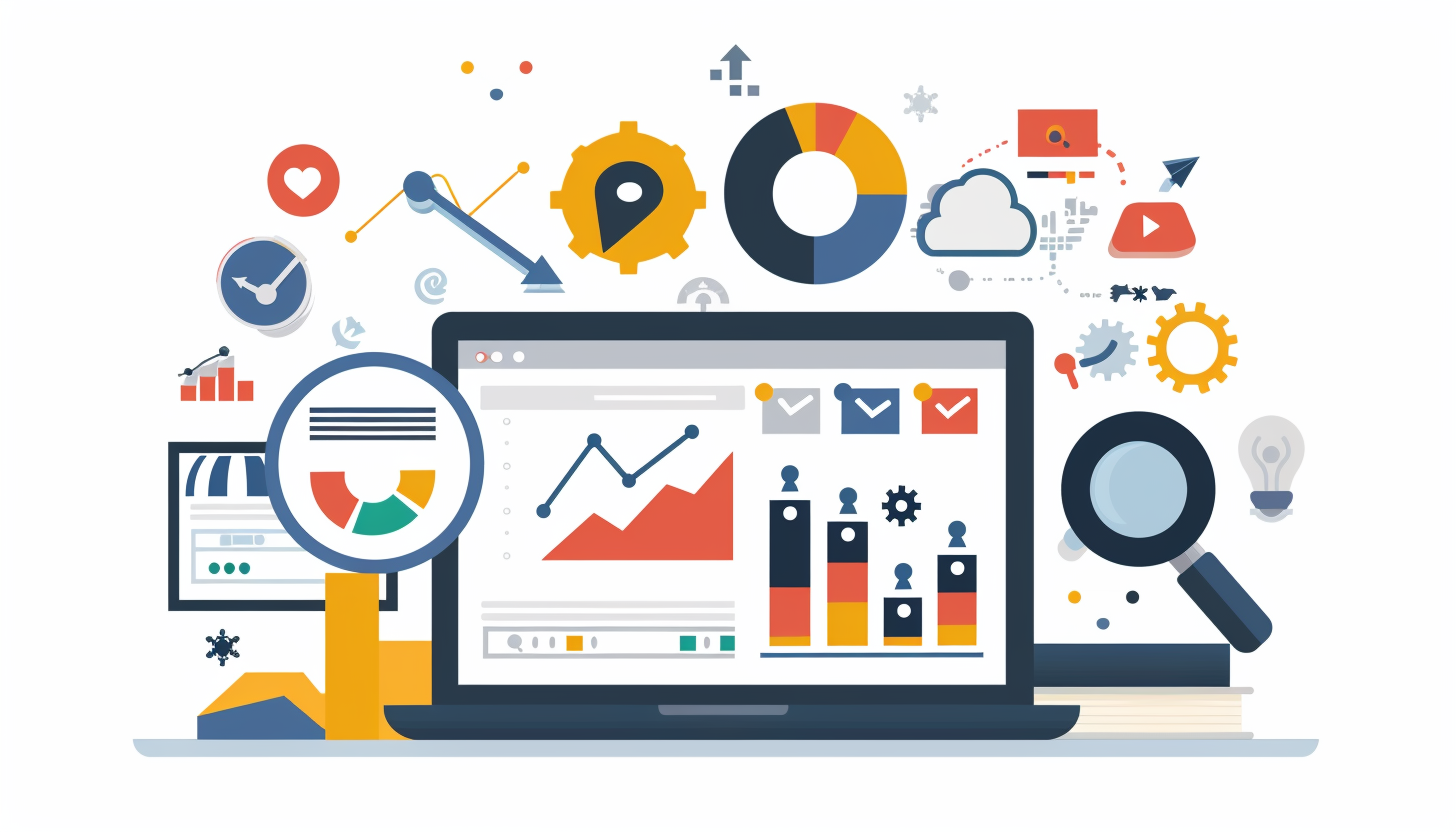Joseph R. Cashman is a digital marketing consultant with 20+ years of experience assisting nonprofits, startups, and established brands. As the founder of DigiM Consulting, he specializes in SEO, strategic content, and analytics-driven solutions. Joseph combines creativity with technical expertise to create user-focused websites and effective marketing strategies.
Digital Marketing Solutions for Businesses
Buyer hesitation can reach epidemic levels during times of doubtful economic prospects and depending on what type of small/medium-sized business you are, it could translate to recalibrating how business is done—not only to survive but also to potentially discover and capitalize on untapped opportunities.
Below are some experienced-based suggestions on how to optimize during challenging times.
Pinpoint Essentials and Explore Novel Tactics
Create a List of Immediate To-Do's: Where are the least damaging cost-reduction measures available? What low-hanging fruit operational enhancements can be made? Focus on sustainable practices that can offer not only immediate benefits but perhaps can even serve as long-term solutions without losing human capital/talent.
Research and VOC: Have search terms changed? Are these new search queries something you can address? Engaging in industry research should complement or, more often, be inspired by conversations with your customers. Learning their new terms and conditions is important so that you can meet those needs, ensuring a well-rounded adaptive strategy.
Rethink Everything
Approach Innovation Wisely, holistically: What might seem like a dumb idea might just need a slight angle shift to find a fresh perspective. Breaking free from traditional methods is hard, but fighting can often lead to injury, so how can you bend and accept the ugly truth in order to stay effective? Brainstorm with your entire team; genius hides everywhere. Compartimelaization breeds contempt and fear; don't lose your talent because of temporary situations.
Prioritize Marketing Efforts

Refine Your Target Audience: Do your best to acquire fresh market research; budgets might be constrained, so professional market research might be out of the question. But strive to talk to your customers; even a handful can yield patterns and insights, staying vigilant of how the details paint the bigger picture. Identify their present needs, preferences, and behaviors to effectively tailor your messaging to the circumstances.
Personas: Most medium-sized organizations have buyer personas, but do those Personas encapsulate the characteristics of your target audience today? Aim to carve out some time to update these personas to guide your marketing strategies, ensuring they resonate with your customer's current pain points.
Forever Feedback: Learning how to avoid market blind spots is invaluable. So, continuously solicit customer feedback to ensure your marketing remains relevant and practical. Never rest on your laurels. Continuously refine your understanding and never be afraid to experiment with your tactics.
Measure and Learn from Data Performance Indicators (DPIs)
There's value in analyzing your website traffic and engagement, such as the time spent on key pages or user interactions on social media. Learning from this behavior during the consideration stage helps refine your messaging and provides indications of how engaging your content really is.
- Impressions are how often your content is displayed or viewed, regardless of user interactions; use this data to help you understand your market reach.
- Conversion Rate and Sales Revenue: These metrics reflect the direct impact of your marketing efforts on your bottom line.
- Leverage Marketing Software: software to track and analyze data. Continually refine your marketing approach and make informed decisions.
Continuous monitoring and data-driven decision-making are pivotal in navigating economic downturns. Small/Medium-sized businesses can weather financial storms and emerge stronger by adopting new strategies and investing time in how to best adapt their business tactics.











